Review and Analysis of Bestard Turo GTX boots
Introduction
Turo is a lightweight hiking boot that can take you way beyond just hiking.
I used Turo extensively in summer and autumn 2022 during hikes and climbing in the Tatras, as well as treks in the Alps. As usual in my lightweight approach, I tend to pick boots often marked as “trail walking” or “easy hiking” and then use them on challenging terrain and with heavy loads. That’s because such boots are usually very lightweight, which is my top priority. Turo is not different here – while it’s being “graded” for trail walking, and I did use it for easy trails, but I also tested it extensively when over very diverse and rough terrain (scree, boulders, talus, some easy glacier travel). I was carrying more then 30 kg in my backpack when having these boots on. Heck, I even climbed routes with difficulties of up to V wearing them! Overall, I was very positively surprised and in the end I switched to this model after many years of my preference for La Sportiva. Here’s why.

The first good impression is related to its comfort: it really just feels good to put this boot on. The comfort does not go away when walking, even after a long day. I walked casually, carried loads of more than 30 kg, navigated rough scree and talus slopes, and climbed in these boots – they were always comfortable. Lacing the boots is also quick and effective, and the laces are held tight and secure in their initial location.
At 970 grams of a listed weight per pair, it is lighter than nearly all such boots that I used in the past. This means, you’ll feel much less fatigue after long walking days. Simultaneously, while being a “mid-cut” boot, it’s ankle support is higher than other such models. This translates to better protection against ankle twists and such.
Simultaneously, while being so light, it does offer a nice level of warmth retention. More than once, I had temperatures around 0 C, and quite a lot snow. With these boots on, it always felt warm. Its Gore-Tex lining and the associated waterproofness is also stellar.
Turo are also quite robust. The terrain they had to tackle was often rough – sharp rocks, scree, heavy loads, etc.. All these factors are often quite damaging to such lightweight boots – my previous pair of La Sportivas lasted for only a couple of expeditions (not surprisingly – these boots are really not made for such conditions). Turo so far looks completely unaffected. This is indeed surprising considering its low weight. What definitely helps is the extensive and robust rubber protection at the front part of the boot – not so obvious feature in such a lightweight model.
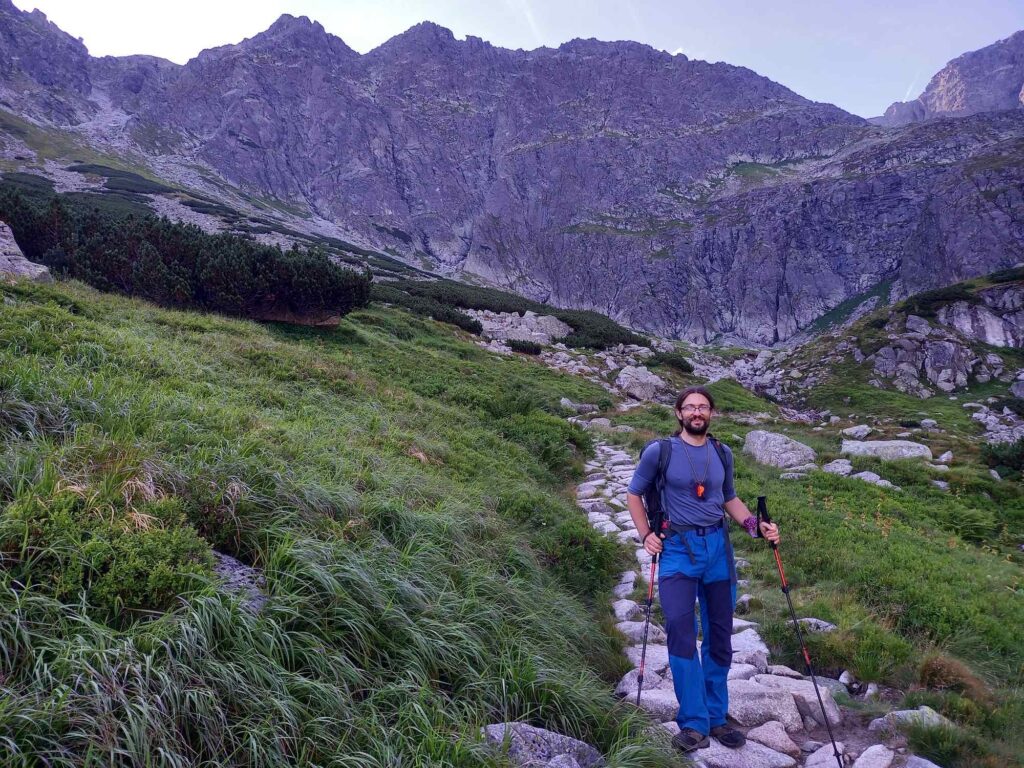



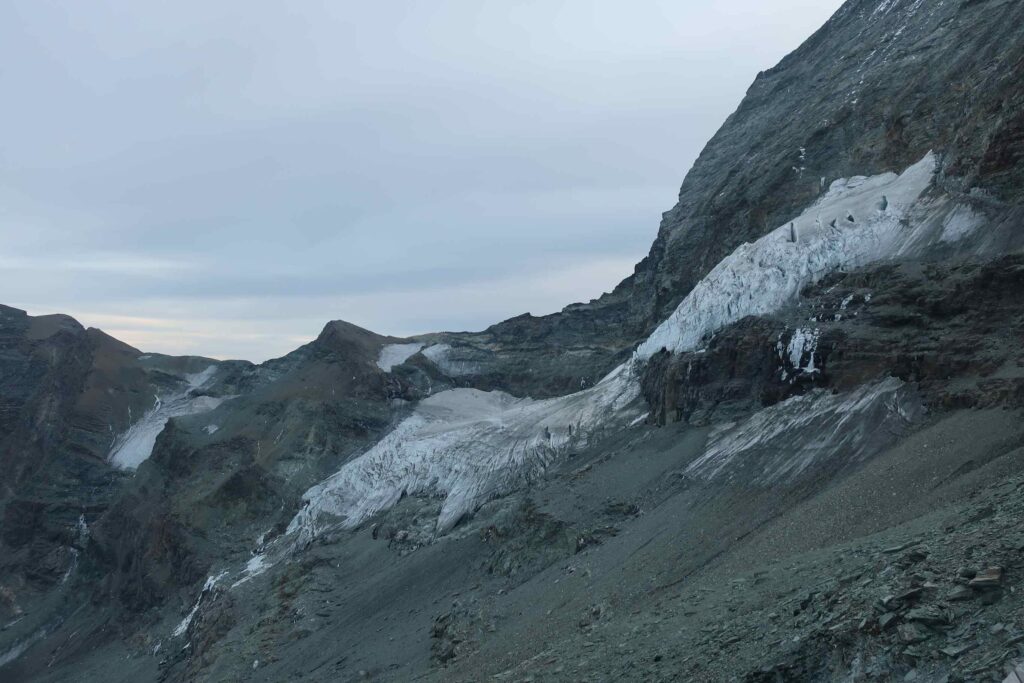
Turo does very well even when climbing easier routes. Obviously, I’m not going to elaborate on using these boots for climbing – they’re not made for this. The point is, these boots did remarkably well in terms of abuse from sharp rocks, etc.. This further illustrates their surprisingly high level of resistance to wear and tear. I’ll not hesitate to take them for a challenging trekking off the trail in the very remote high Arctic mountains and plateaus.
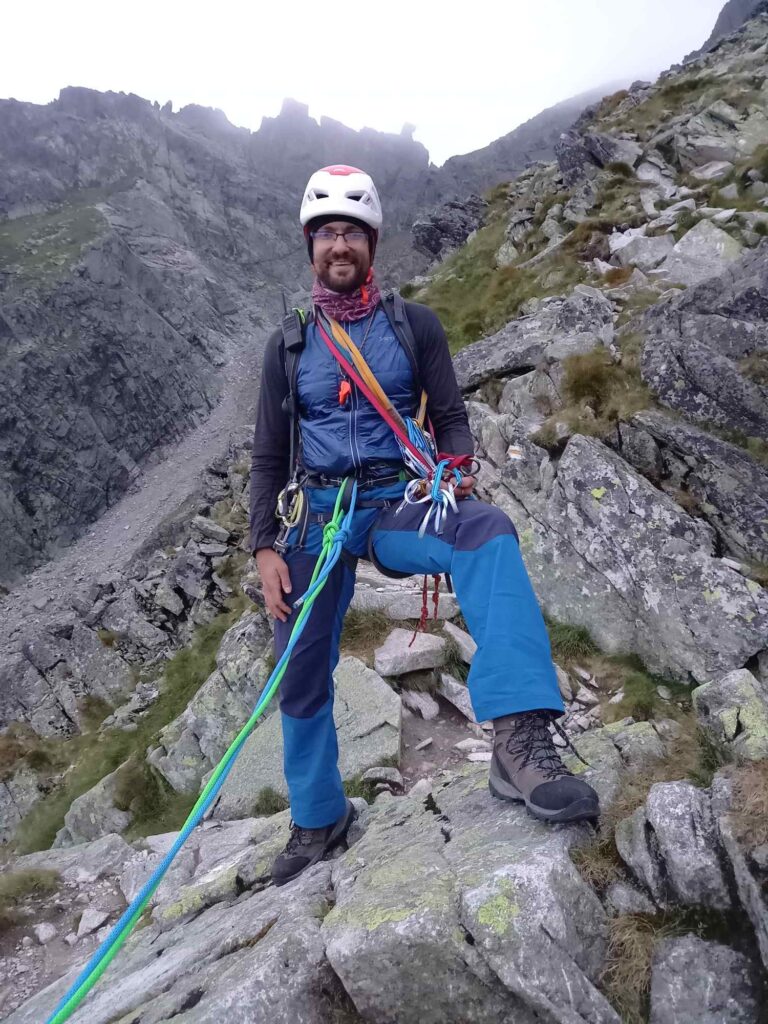
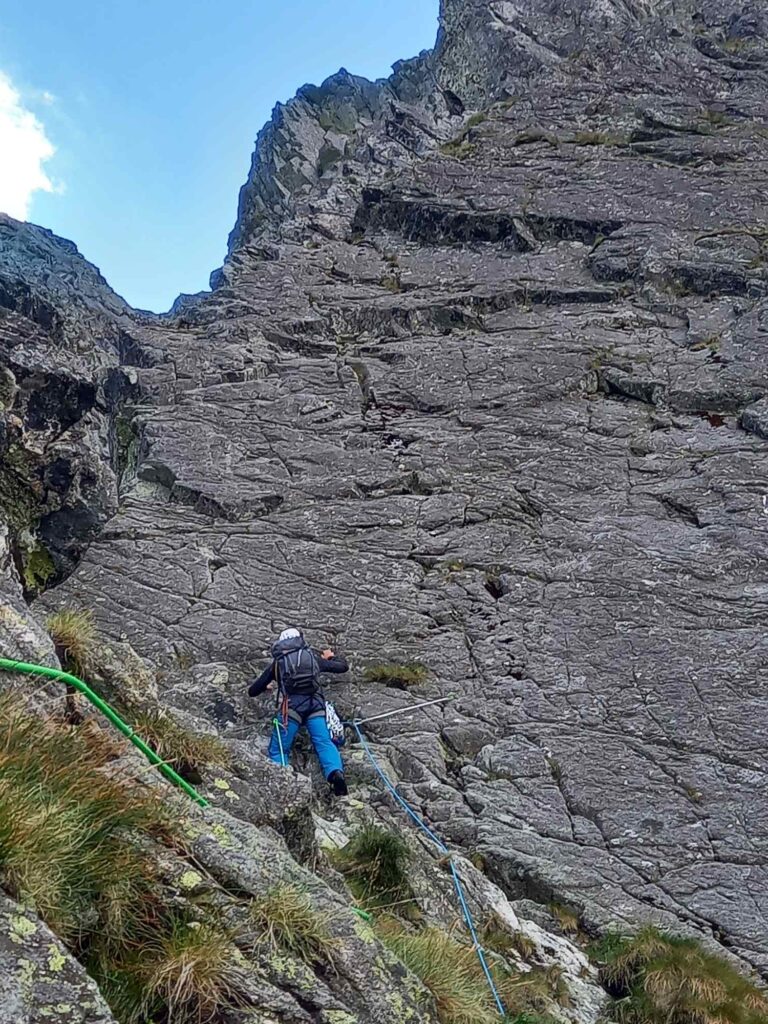
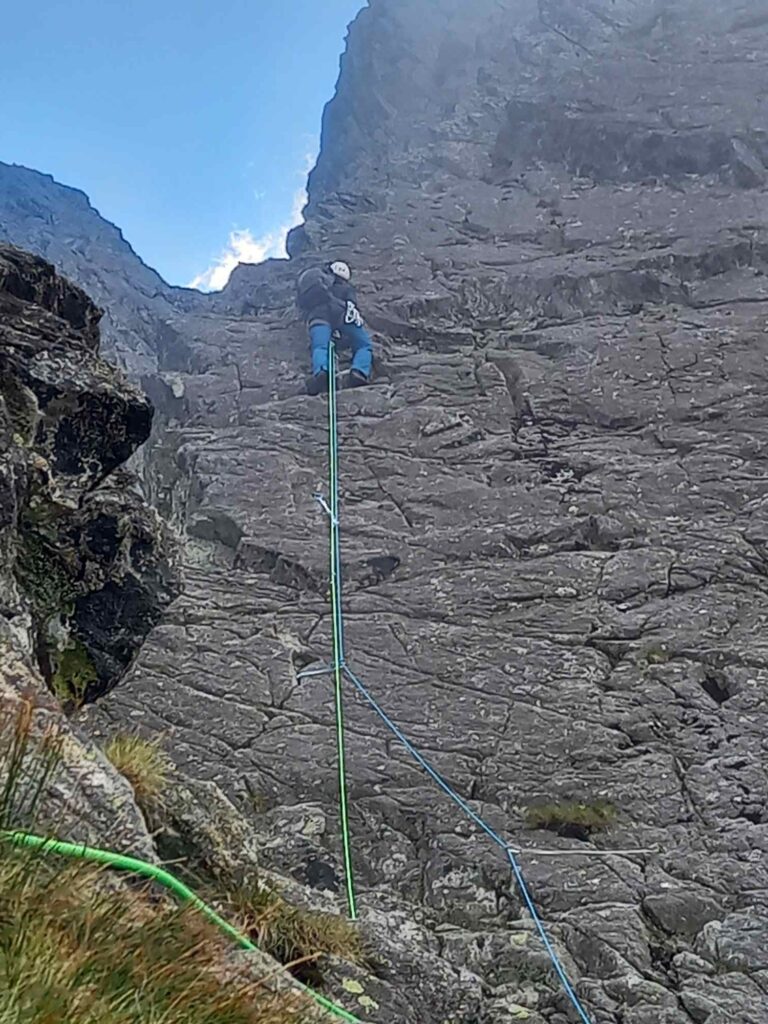
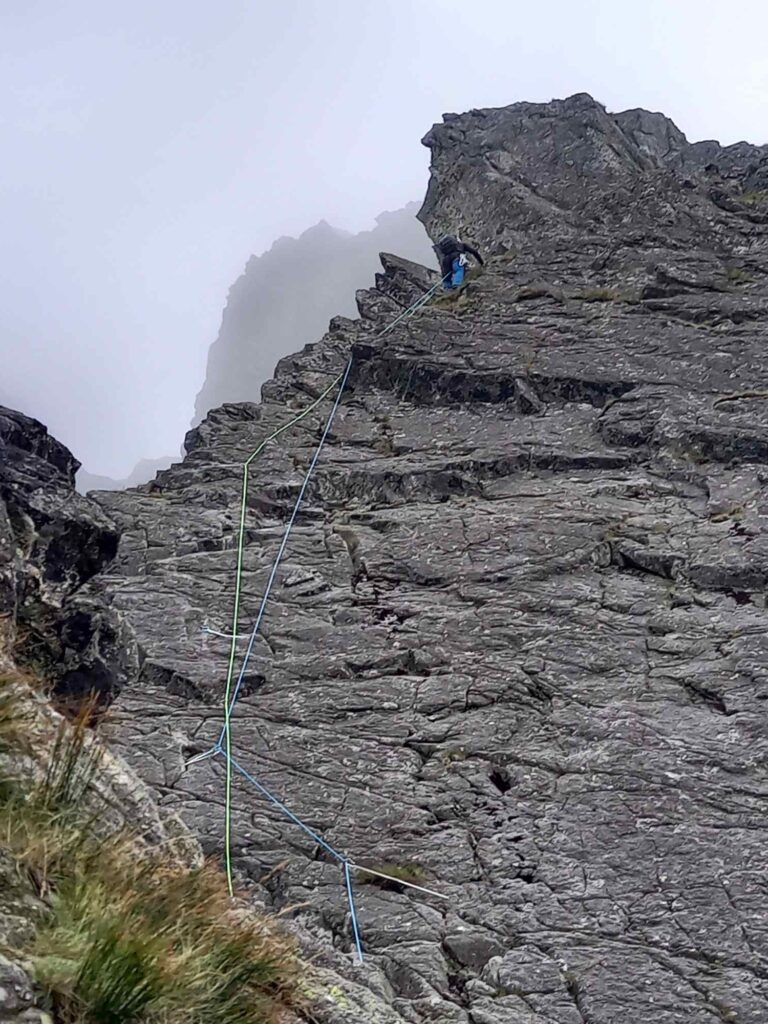
Turo also did amazingly well during intense hikes in high temperatures in Spain. The boot’s ventilation is very efficient and prevents from overheating.

What could be done better? This is hard to say actually. One clear point is their weight: while being very lightweight, they’re not the absolute winners in that category. For example, some hiking La Sportiva models can do better. This however comes at a certain cost – my La Sportivas, while being maybe 50 grams lighter (per boot), gave up after essentially 3 not-too-long expeditions. Turo should be able to withstand much more than that – stay tuned for more updates from my side on that. Moreover, Turo is also higher, thus offering better ankle support. While not so much needed on easy trails, it becomes highly relevant when walking off the trail, especially on scree or talus fields.
More information on Turo can be found on the producer’s website. You can order them online on Sklep Gorski.